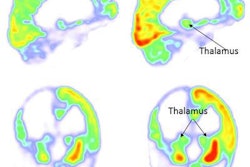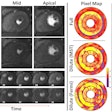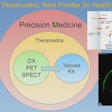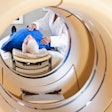Belgian researchers have found that FDG-PET scans are more useful than functional MRI (fMRI) in identifying which severely brain damaged individuals in vegetative states have the potential to recover consciousness.
Their study, published online April 15 in Lancet, is the first time that researchers have tested the diagnostic accuracy of functional brain imaging techniques in clinical practice.
The findings suggest that FDG-PET can reveal cognitive processes that are not visible through traditional bedside tests, and could complement standard behavioral assessments to identify unresponsive patients who have the potential for long-term recovery, according to lead author Dr. Steven Laureys, PhD, from the University of Liége.
The study evaluated FDG-PET and fMRI while patients performed mental imagery tasks to determine if the two modalities could distinguish between vegetative and minimally conscious states in 126 patients with severe brain injuries. Researchers identified 81 people in a minimally conscious state, 41 individuals in an unresponsive or vegetative state, and four patients with so-called locked-in syndrome, which is behaviorally unresponsive but conscious.
The researchers then compared their results with a standardized behavioral test, the Coma Recovery Scale-Revised (CRS-R), to determine the level of a patient's awareness.
They found that fMRI was less sensitive (45%) in diagnosing a patient in a minimally conscious state than FDG-PET (93%), and fMRI had less agreement (63%) with behavioral CRS-R scores than FDG-PET (85%). FDG-PET was approximately 74% accurate in predicting the extent of recovery within the next year, compared with 56% for fMRI.
In addition, one-third of the 36 patients diagnosed as behaviorally unresponsive on the CRS-R test and who were scanned with FDG-PET showed brain activity consistent with the presence of some consciousness. Nine patients in this group subsequently recovered a reasonable level of consciousness.




















